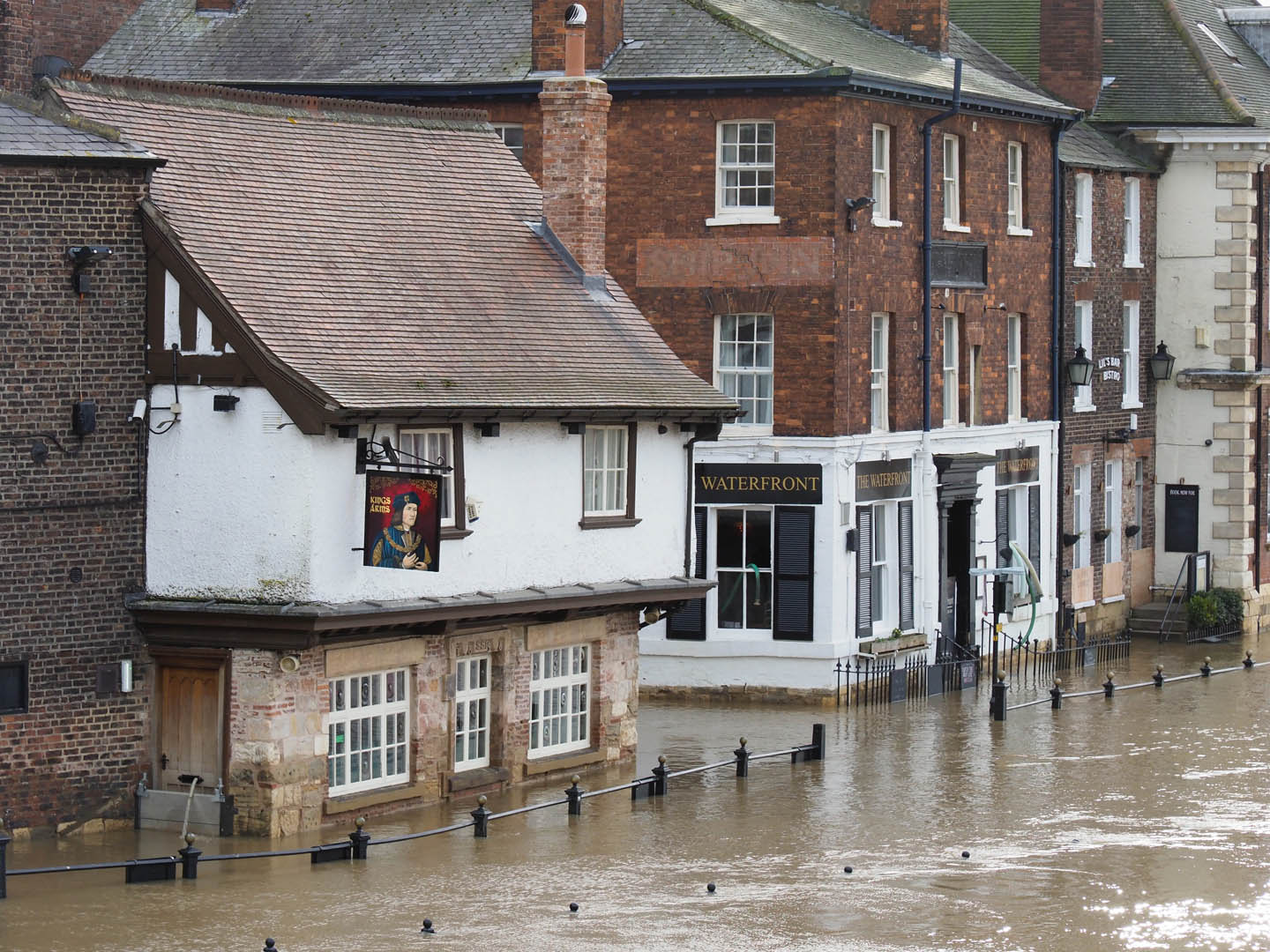
Flood and Coastal Resilience Innovation Programme - York
Communities in the York area are at high risk of flooding, which is expected to worsen due to climate change. Ousewem, an innovative flood resilience project will identify and deliver Nature-based Solutions (NbS) and Natural Flood Management (NFM) to reduce flood risk in vulnerable North Yorkshire communities.
- Client: City of York Council
- Location: York and wider catchment communities
- Services
Challenge
The river catchments of the Swale, Ure and Nidd merge upstream of the city of York to create the River Ouse (SUNO catchment). Communities in the upland catchments suffer a ‘perfect storm’ of flood risk due to a combination of high levels of hazard, limited warning, and a poor emergency response due to the dispersed population and isolation from transport networks.
North Yorkshire is one of the most rural and sparsely populated counties in England, yet approximately 13,800 residential properties are at risk of flooding. Many areas of the highways and rail network, as well as approximately 50 items of critical infrastructure, have also been identified as at risk. Meanwhile, whilst significant efforts have been made to improve the Standard of Protection (SOP) of defences in the City of York, a further 3,000 properties have been identified at risk of fluvial flooding.
Solution
This project will deliver a programme of investment in NFM measures which will increase resilience. Innovative catchment-scale modelling will show the potential of such NFM measures to cumulatively benefit downstream communities. The project will engage with catchment partners and communities to build the capacity to implement NFM and raise awareness of how water connects their communities. Financing models will be investigated with the aim of developing a self-sustaining forward pipeline of NFM investment opportunities that enables a long-term legacy.

Benefit
Project investment will directly reduce damage and disruption caused by flooding. These areas are often isolated and vulnerable to being cut off from vital services. NFM will also create environmental benefits, supporting the significant tourist industry. Innovative modelling will underpin land management decisions to maximise benefits locally and inform future modelling practice nationally.
Project learning will enable a better-informed flood and agri-environment funding policy. Although not claimed in the economic case, a legacy of NFM across the catchment would provide long-term benefits, ultimately including reduced frequency of overtopping of the flood defences in York.

The project is funded by Defra as part of the £200 million Flood and Coastal Innovation Programmes, which is managed by the Environment Agency. The programmes will drive innovation in flood and coastal resilience and adaptation to a changing climate.



